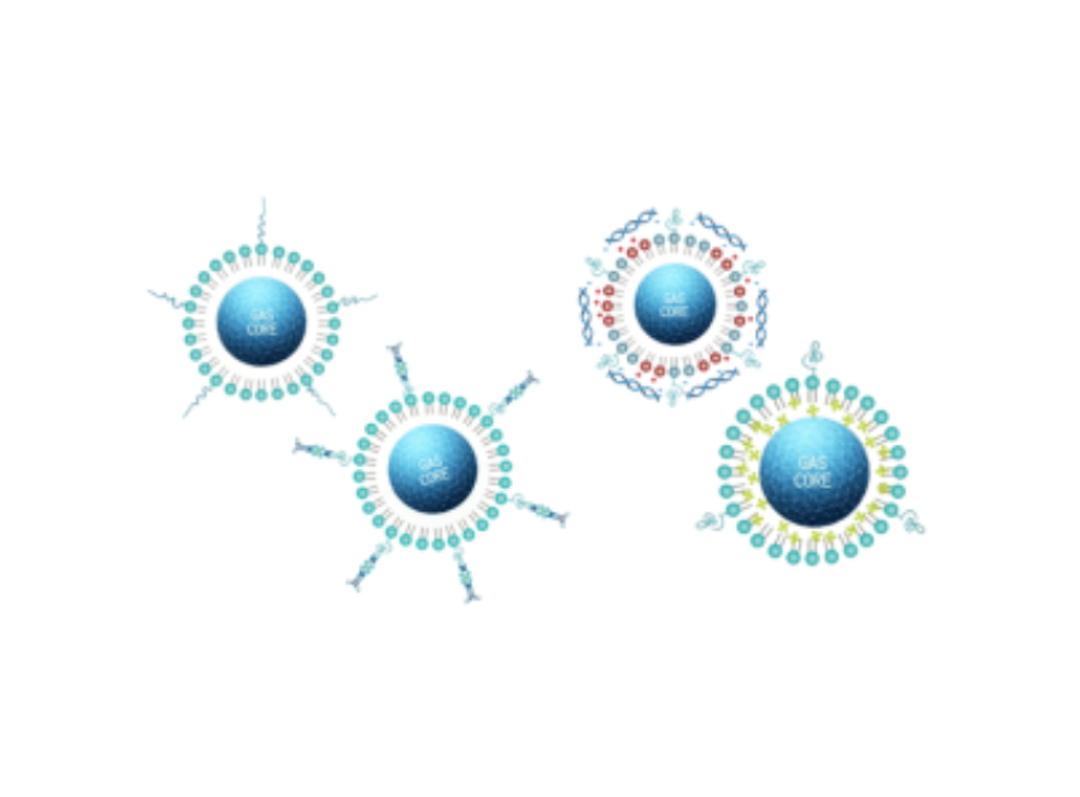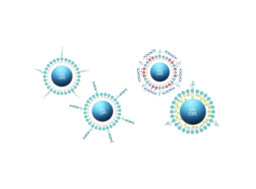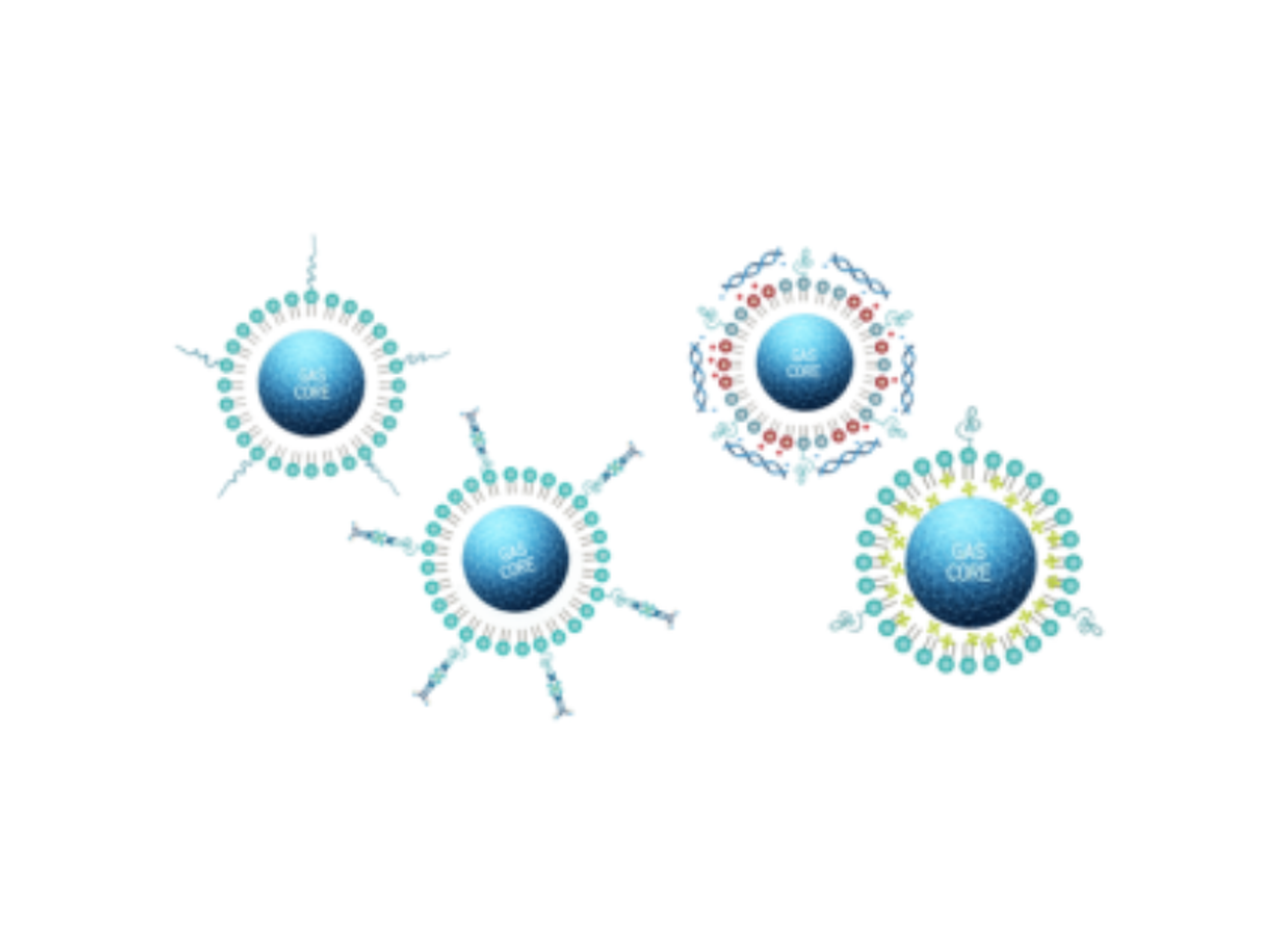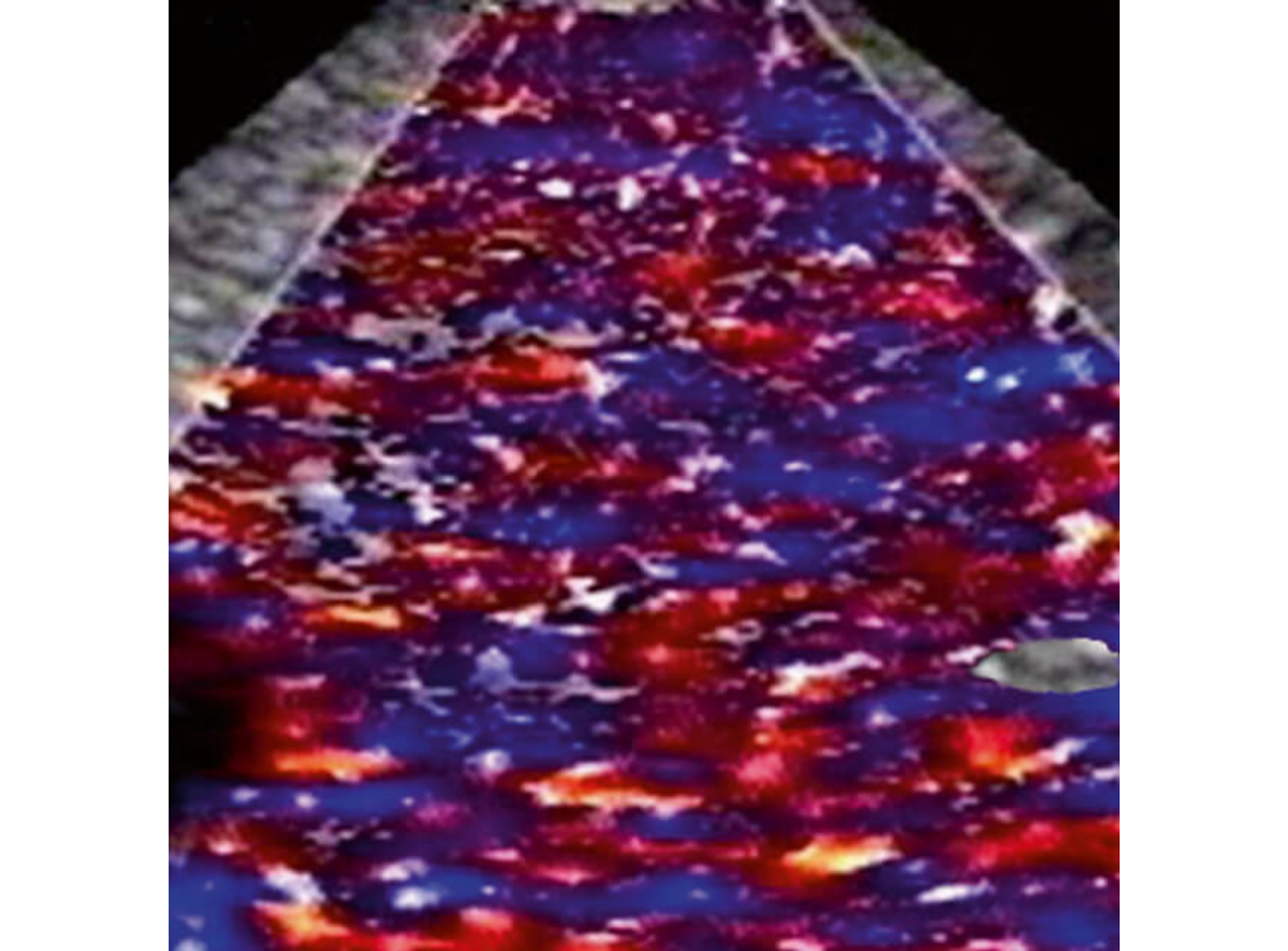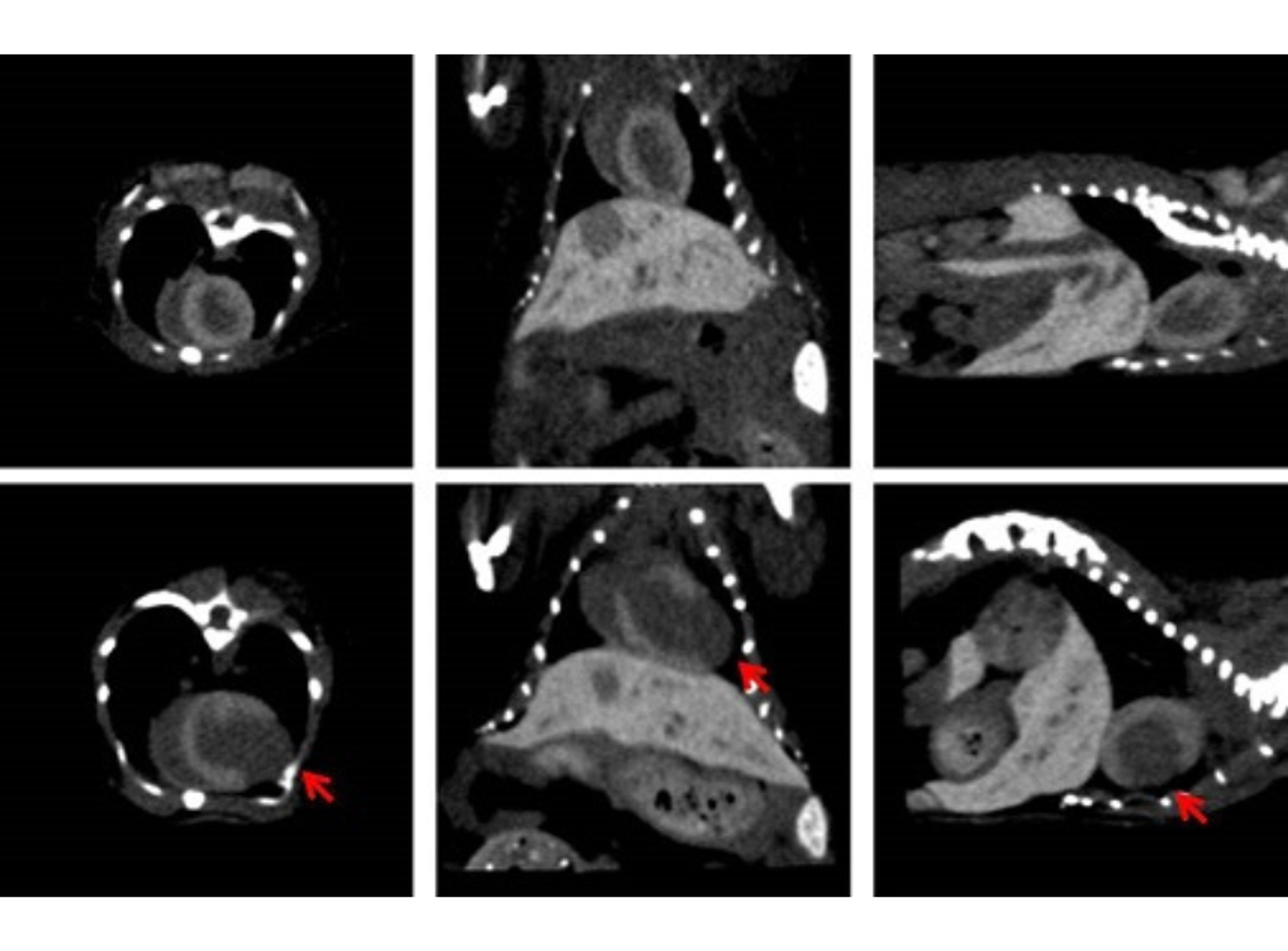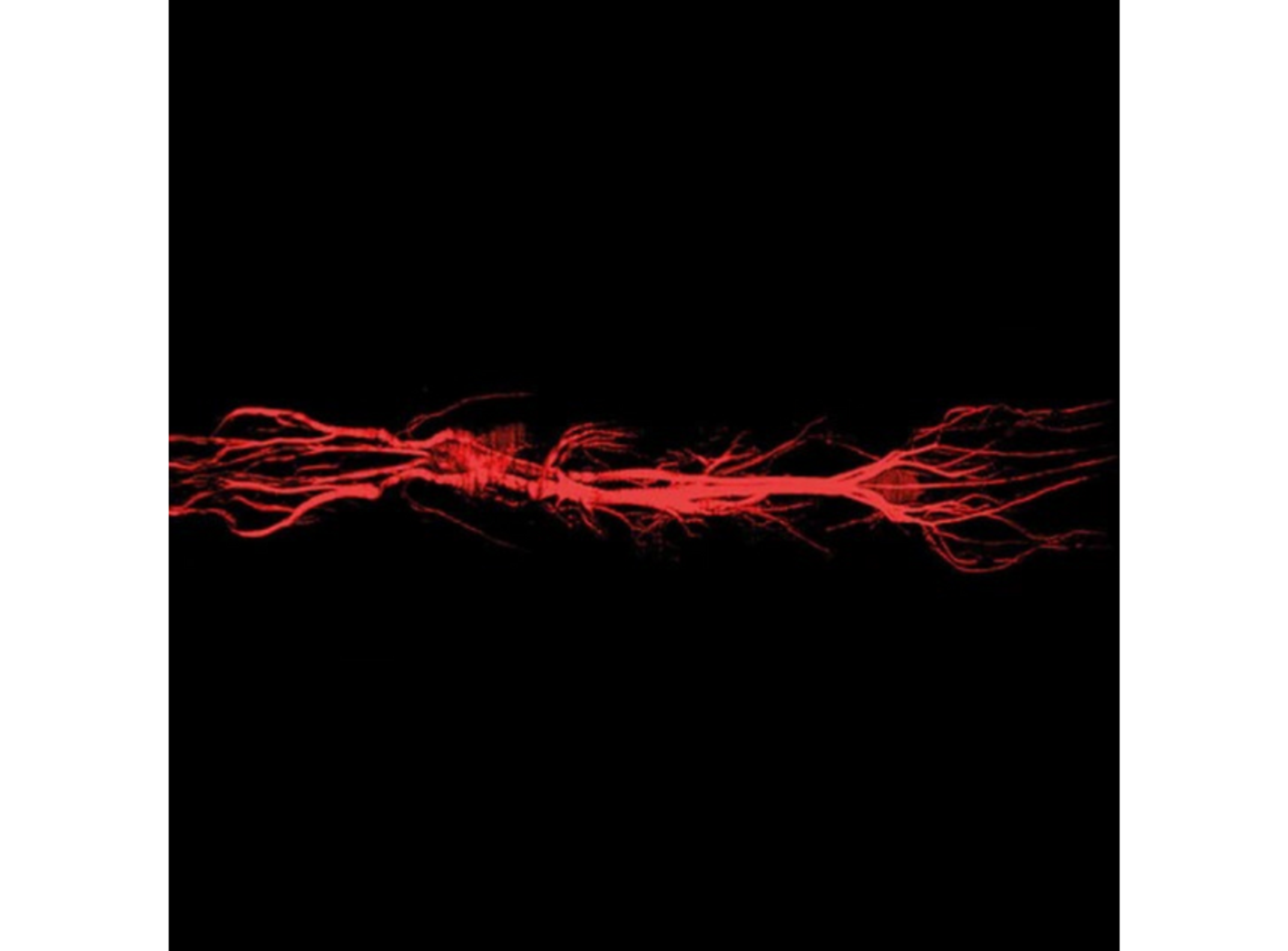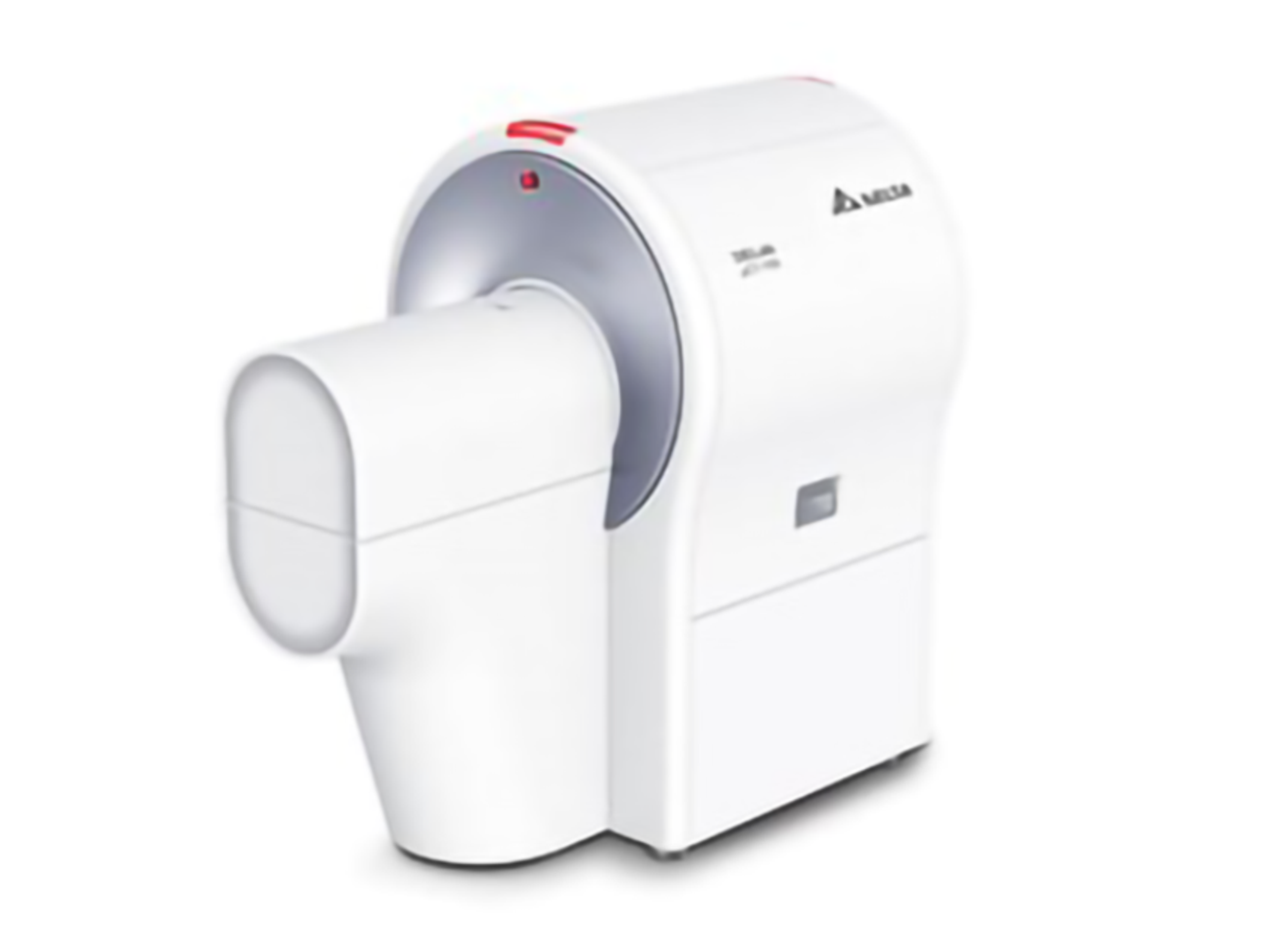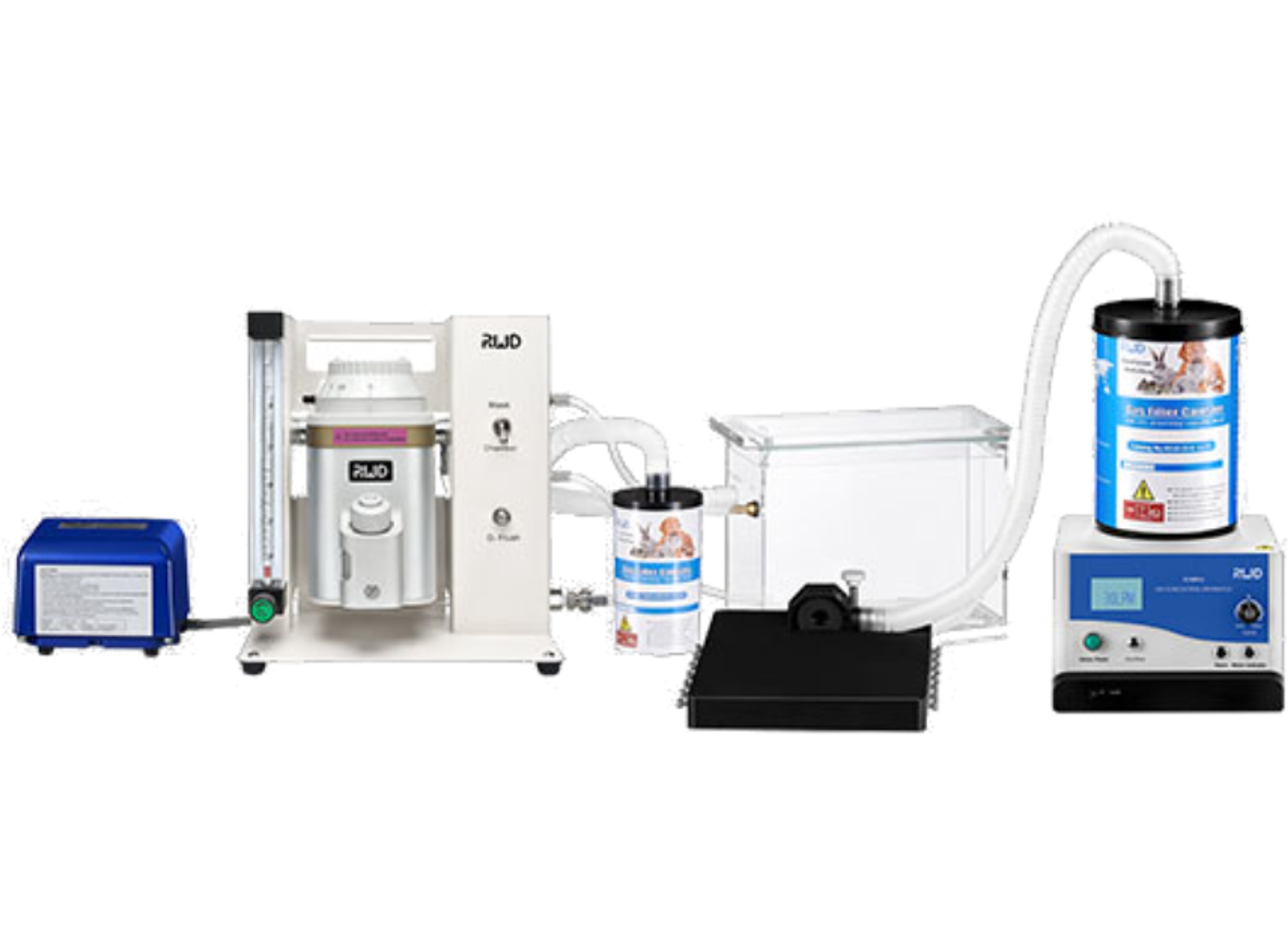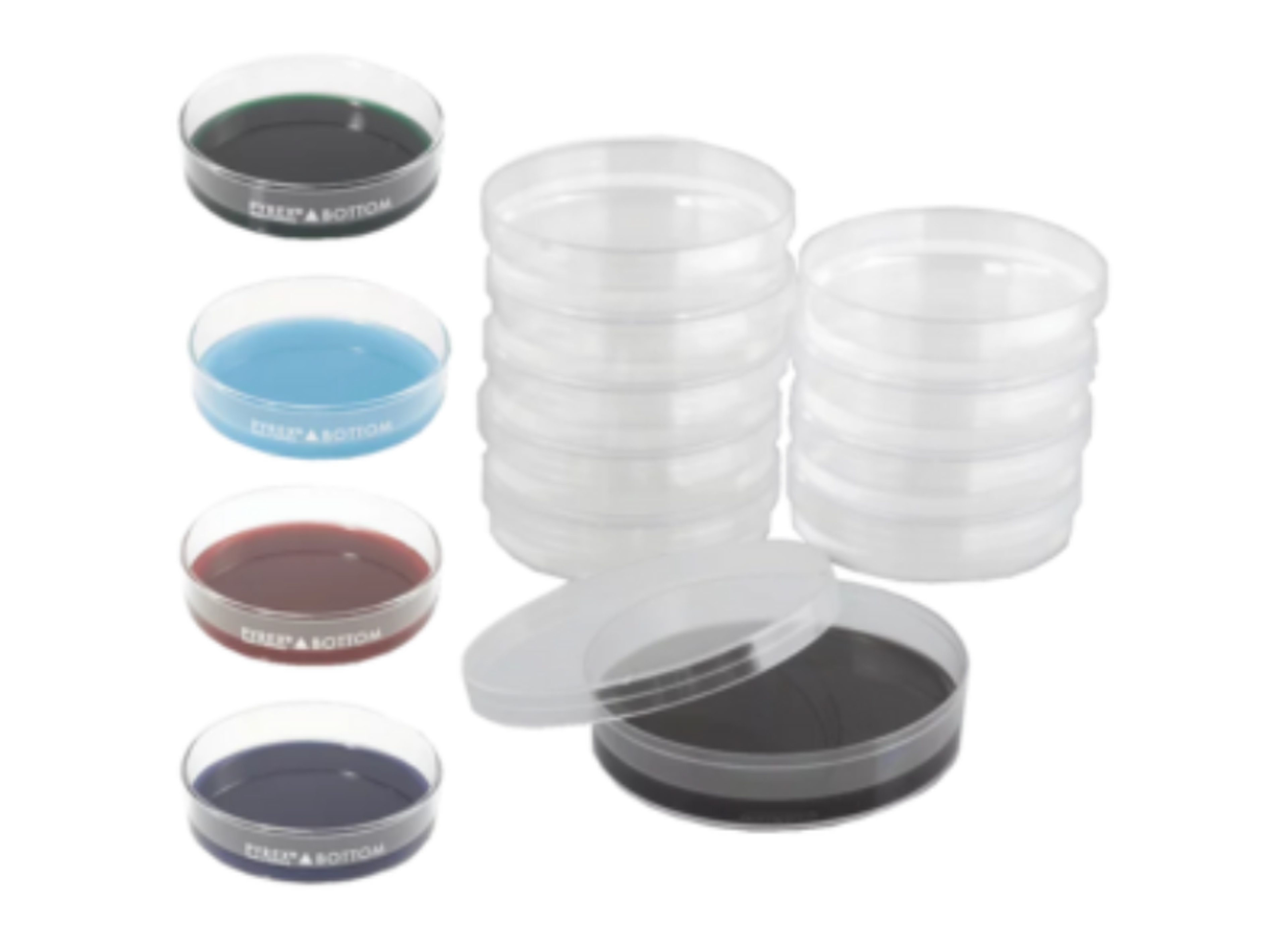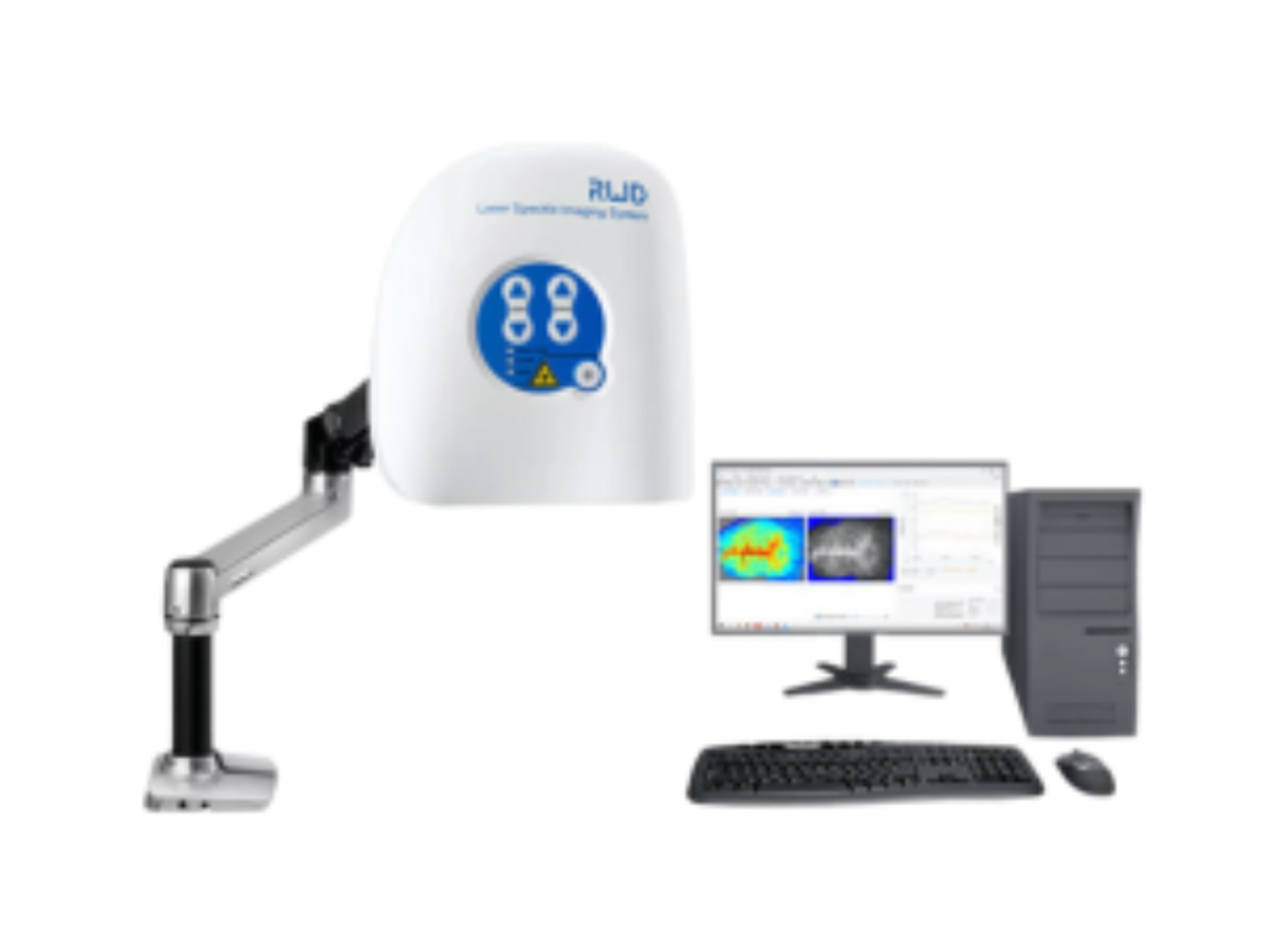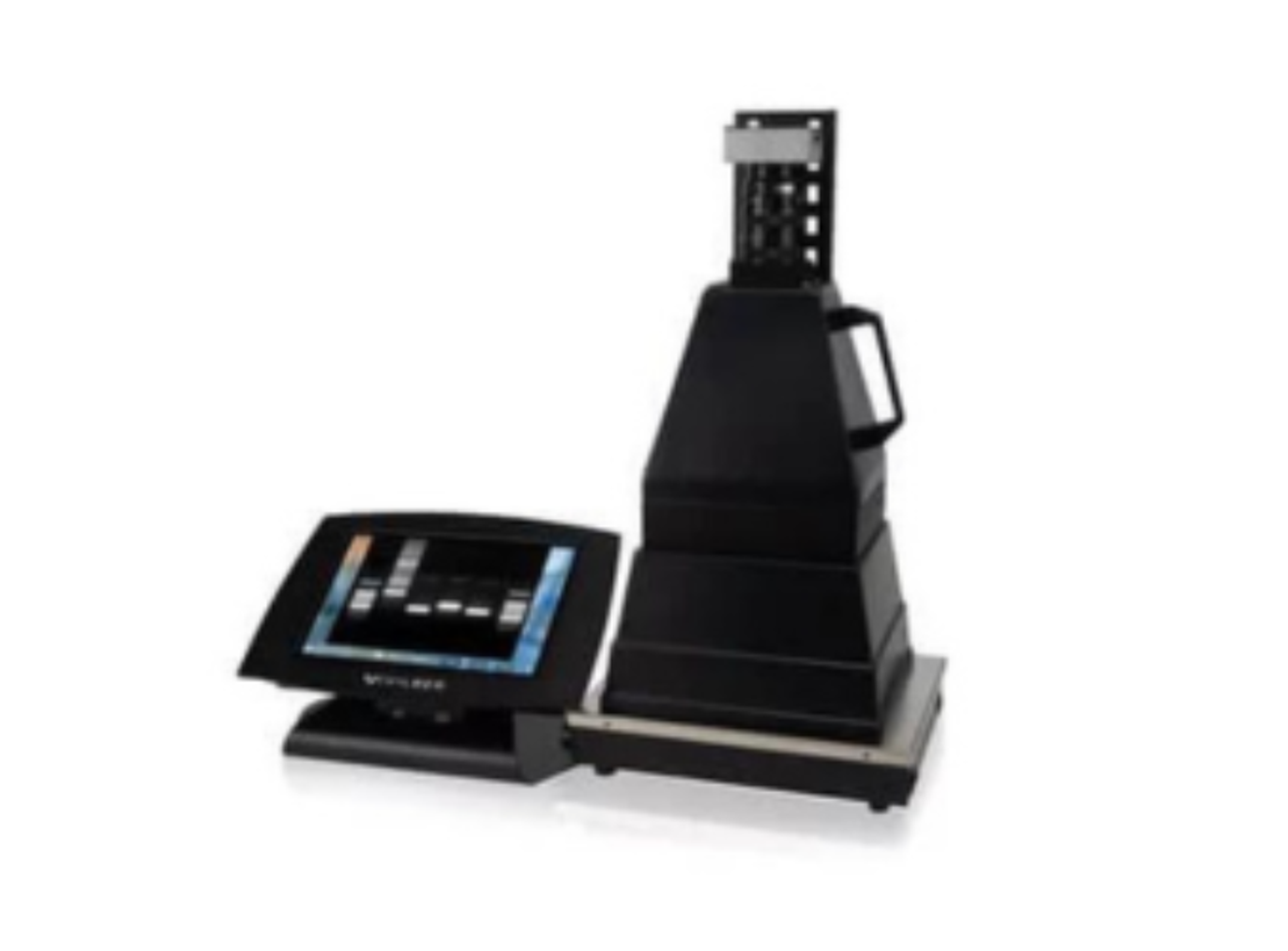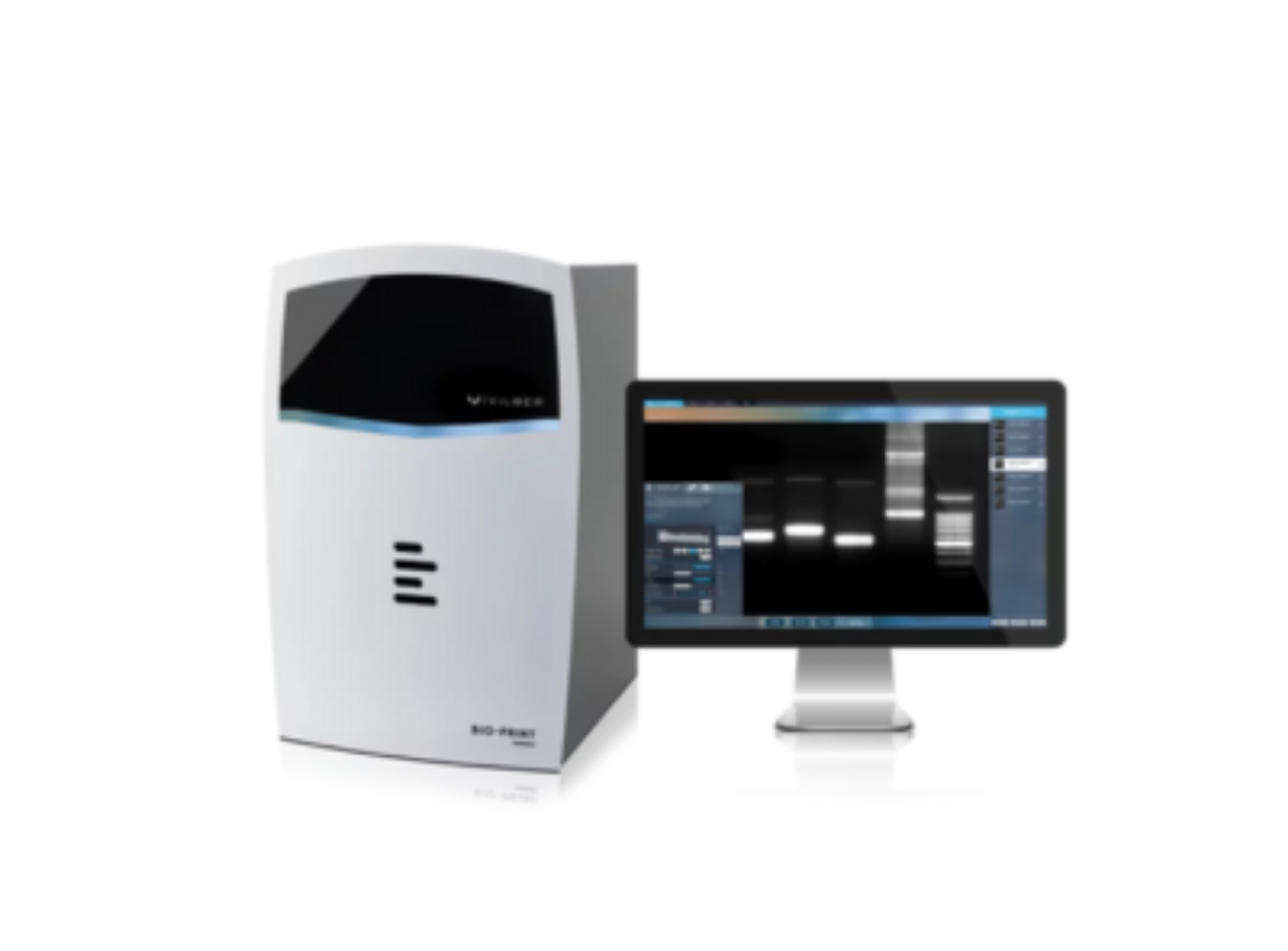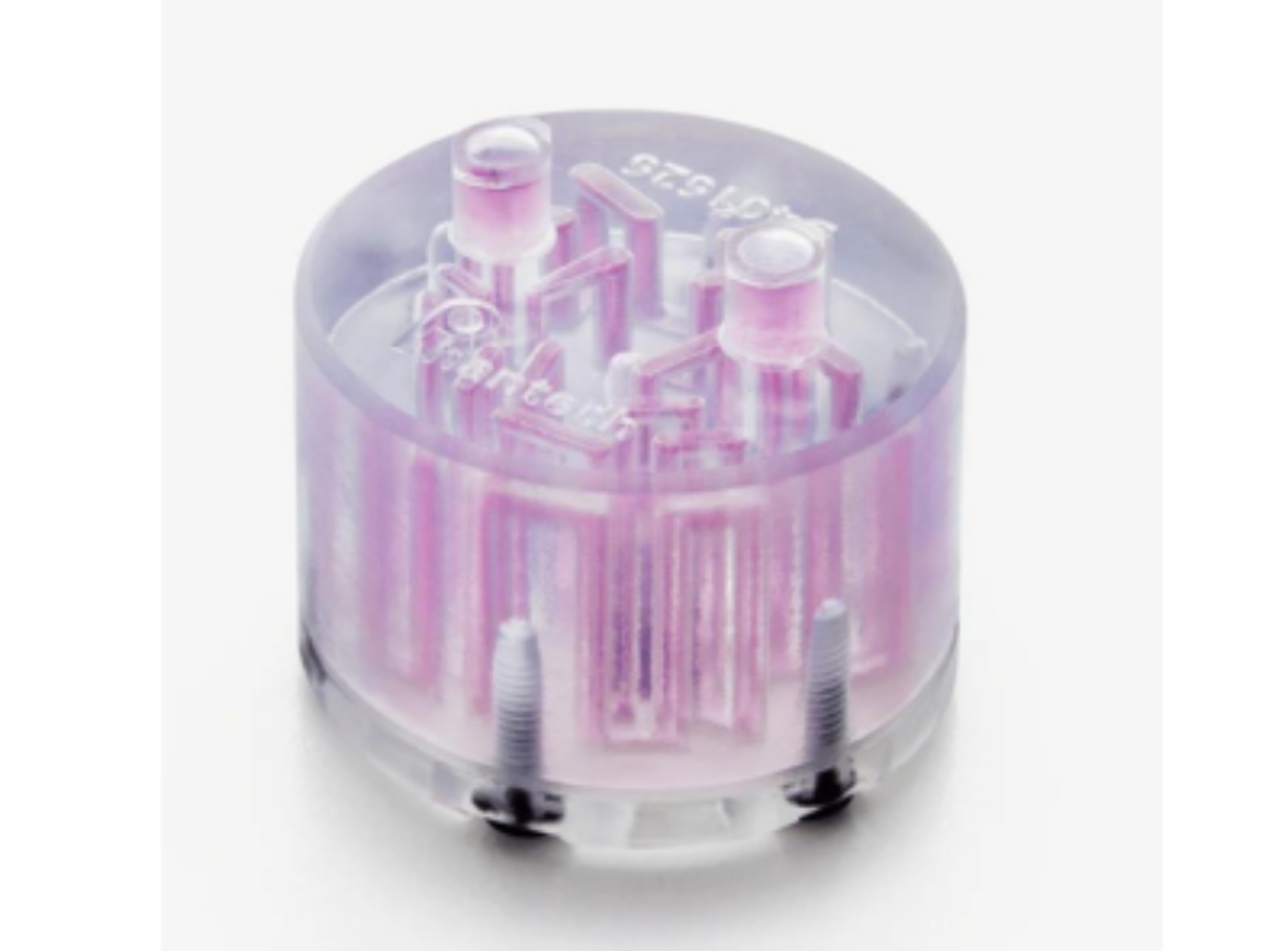USphere Series
The USphere Series of microbubble contrast agents have been specifically designed for use in a variety of species used in preclinical research, anywhere from mice, rats, rabbits and even pigs; and have been tested and shown to work effectively at frequencies from 1 to 40MHz. Specifically, these agents have been tested on our Prospect T1 high frequency ultrasound system and have been found to perform well with both linear and h…
The USphere Series of microbubble contrast agents have been specifically designed for use in a variety of species used in preclinical research, anywhere from mice, rats, rabbits and even pigs; and have been tested and shown to work effectively at frequencies from 1 to 40MHz. Specifically, these agents have been tested on our Prospect T1 high frequency ultrasound system and have been found to perform well with both linear and harmonic contrast imaging modes.
There are a variety of bubble configurations available, those to study perfusion alone, others to aid in biomarker detection, and again others to perform ultrasound-mediated drug or gene delivery, as well as more advanced theranostic applications.
The key factors which control the particle size of the microbubble have been identified; by precisely adjusting the lipid formulation, the USphere agents have been designed to have the smallest size distribution (1.1-1.4µm) compared to others on the market today. The USphere agents have a phospholipid shell filled with perfluoropropane (C3F8) or optional perfluorobutane (C4F10). Additionally, the microbubble concentration has been optimized for small animal imaging (~2.5×1010 bubbles/ml), ensuring low volume injections provide adequate contrast signal in vivo without overwhelming their circulatory system.
Microbubble contrast agents can be used to visualize all levels of vasculature, providing detailed perfusion information which may be relevant in tumor and abdominal organ imaging, as well as in drug development studies, just to name a few.

